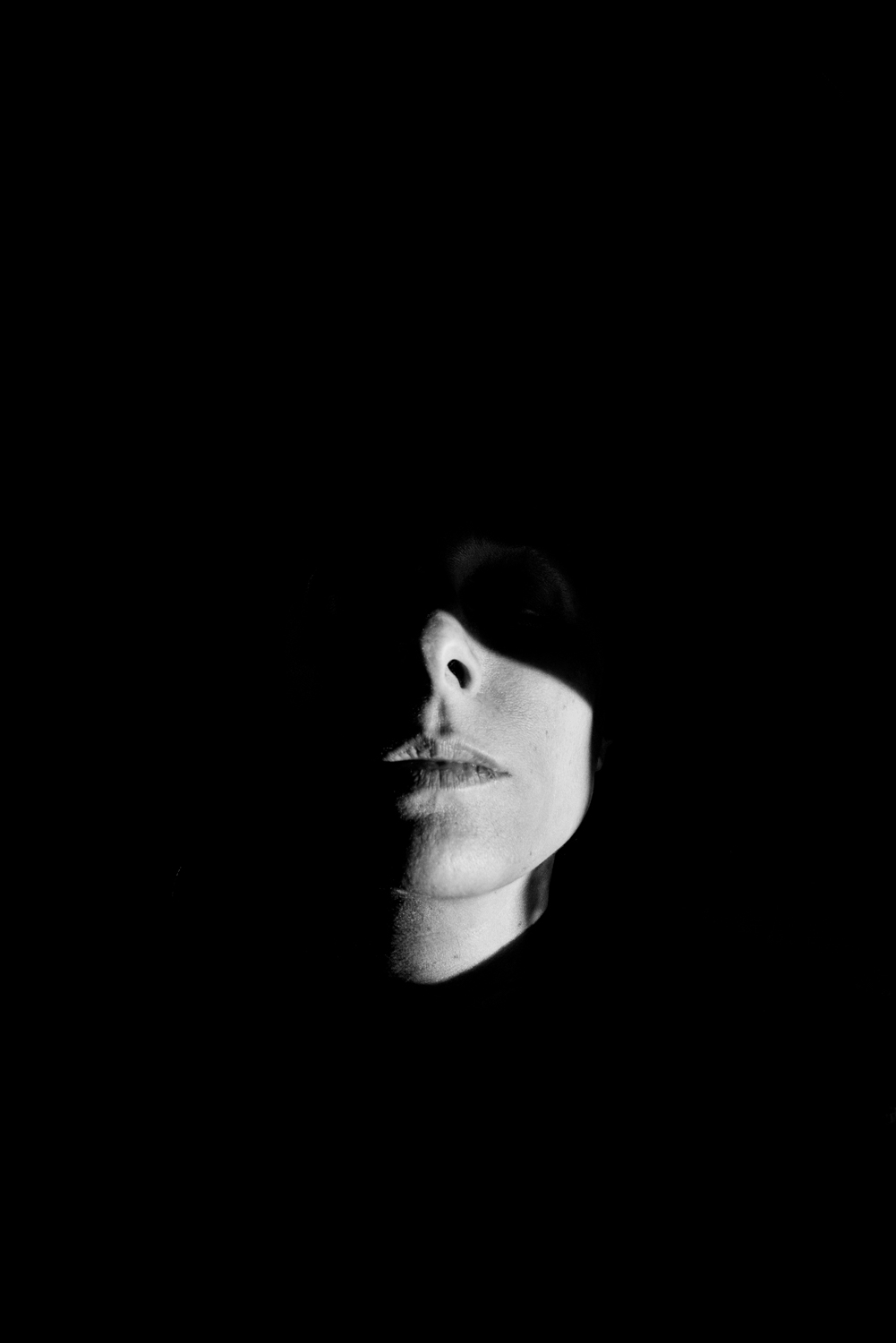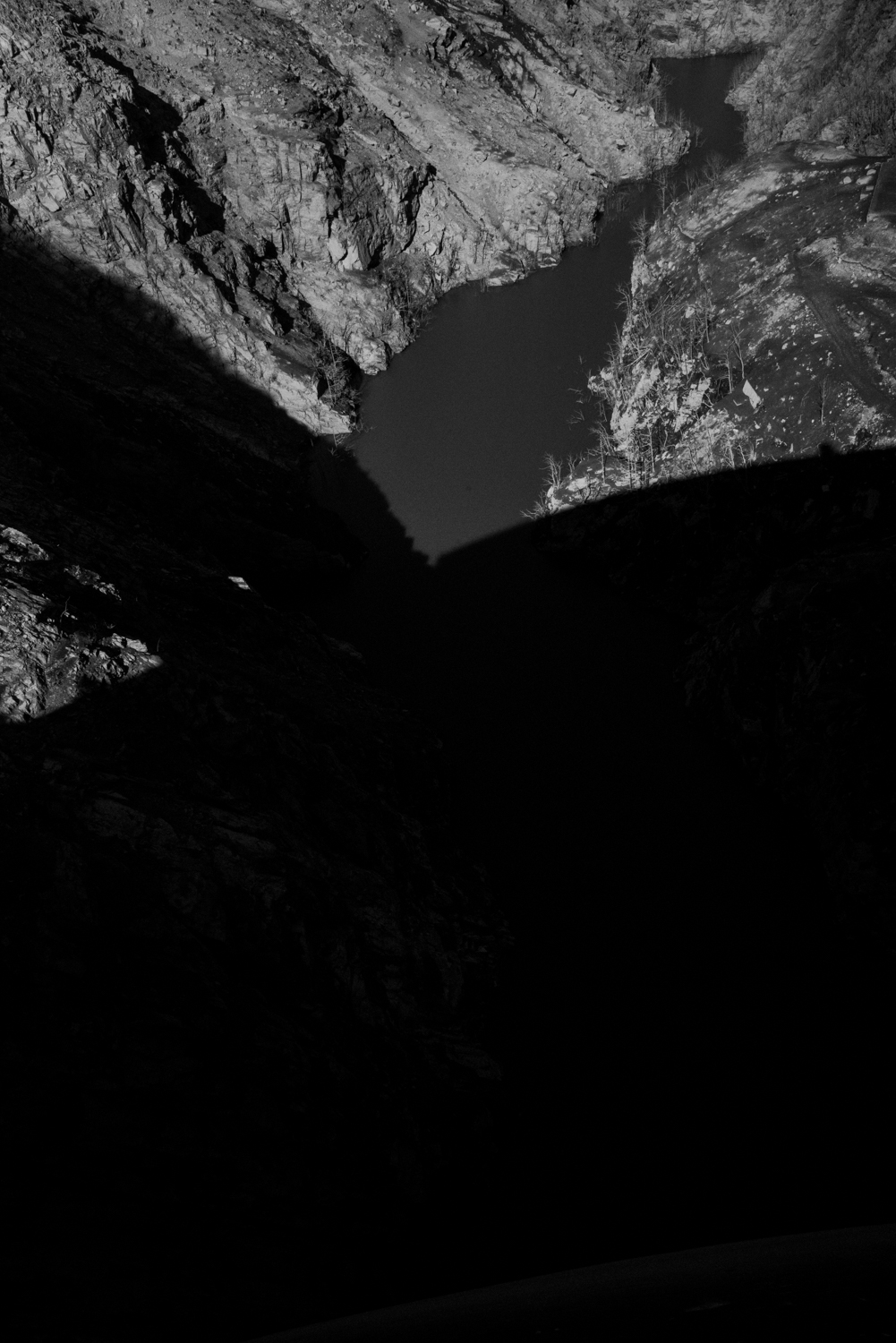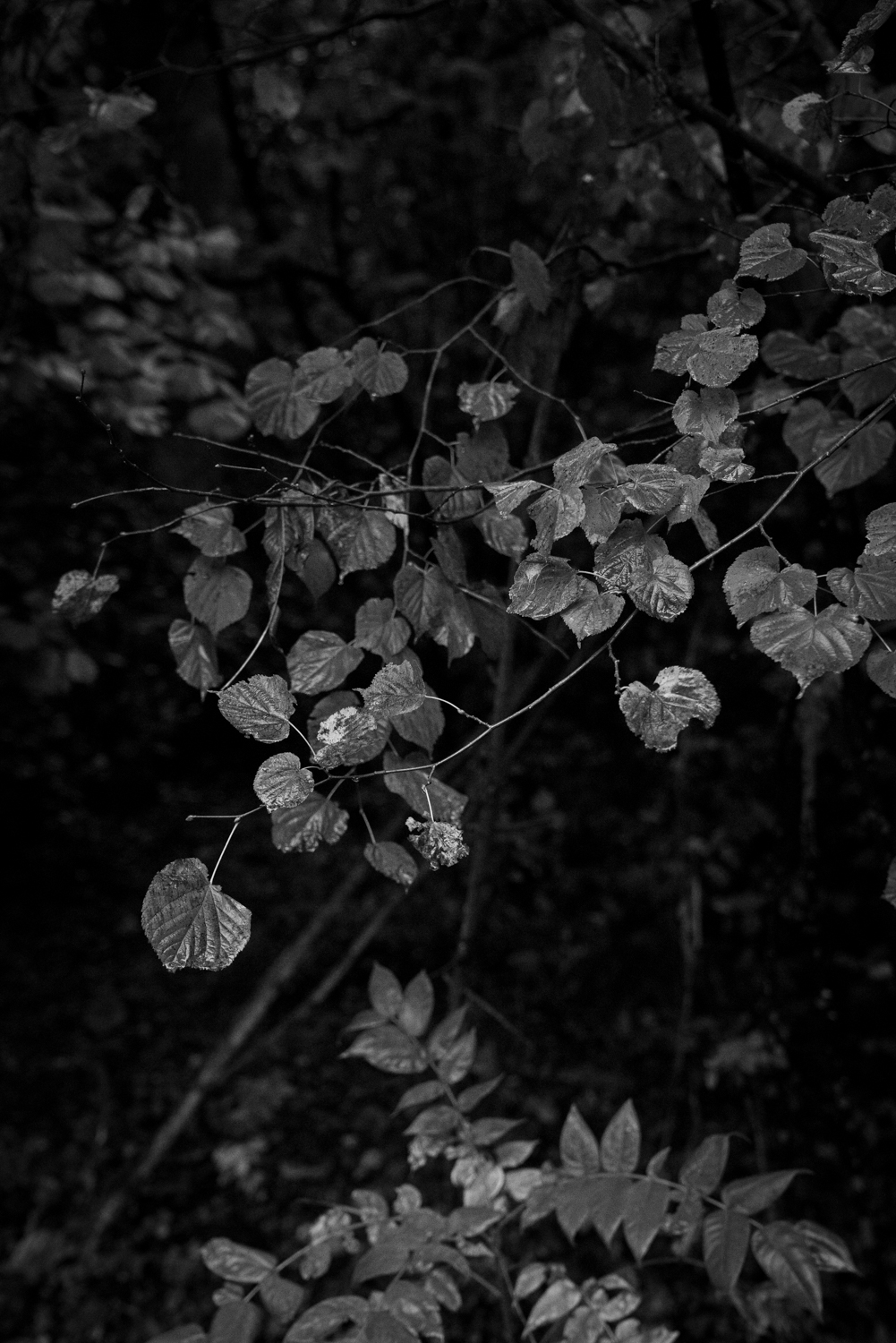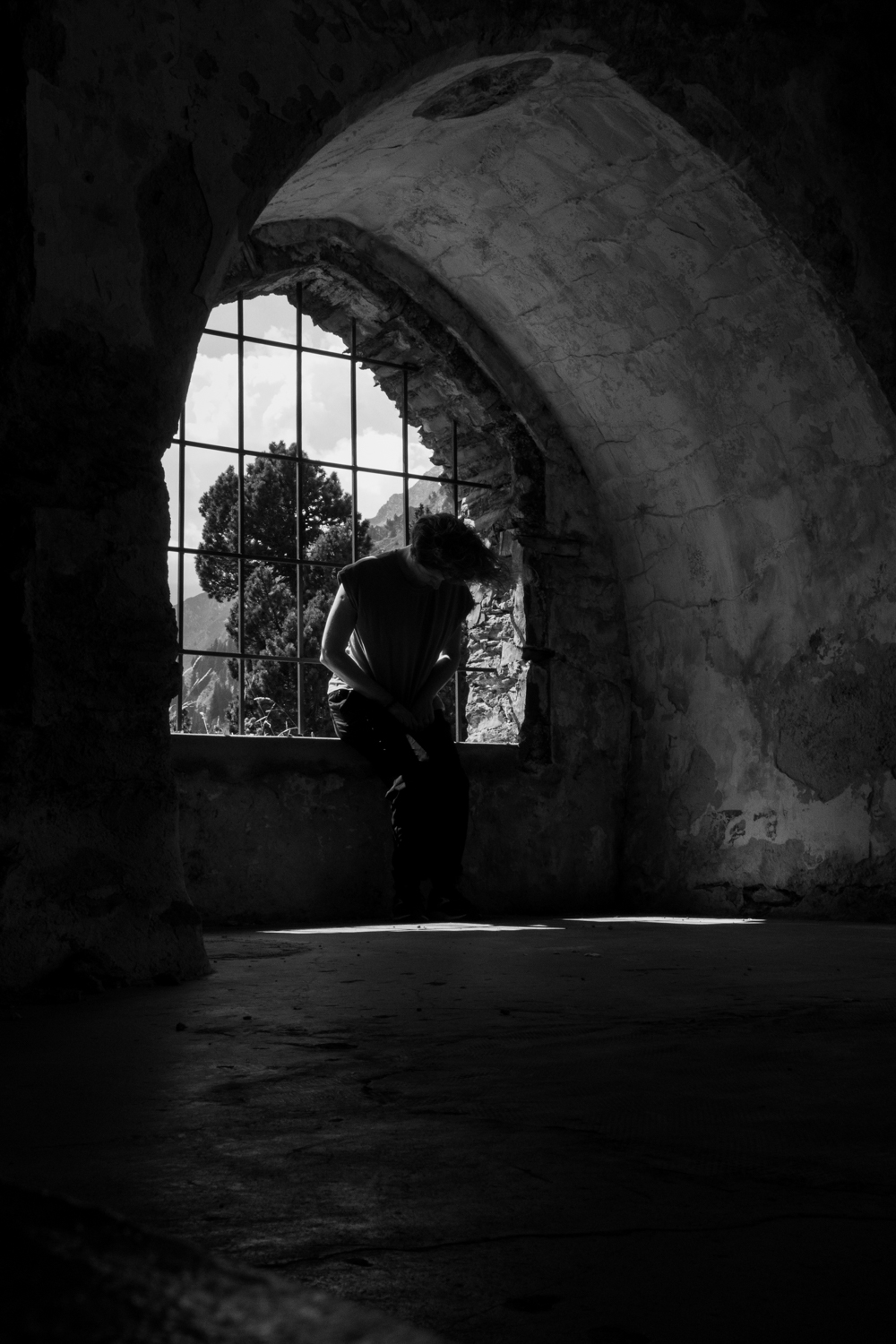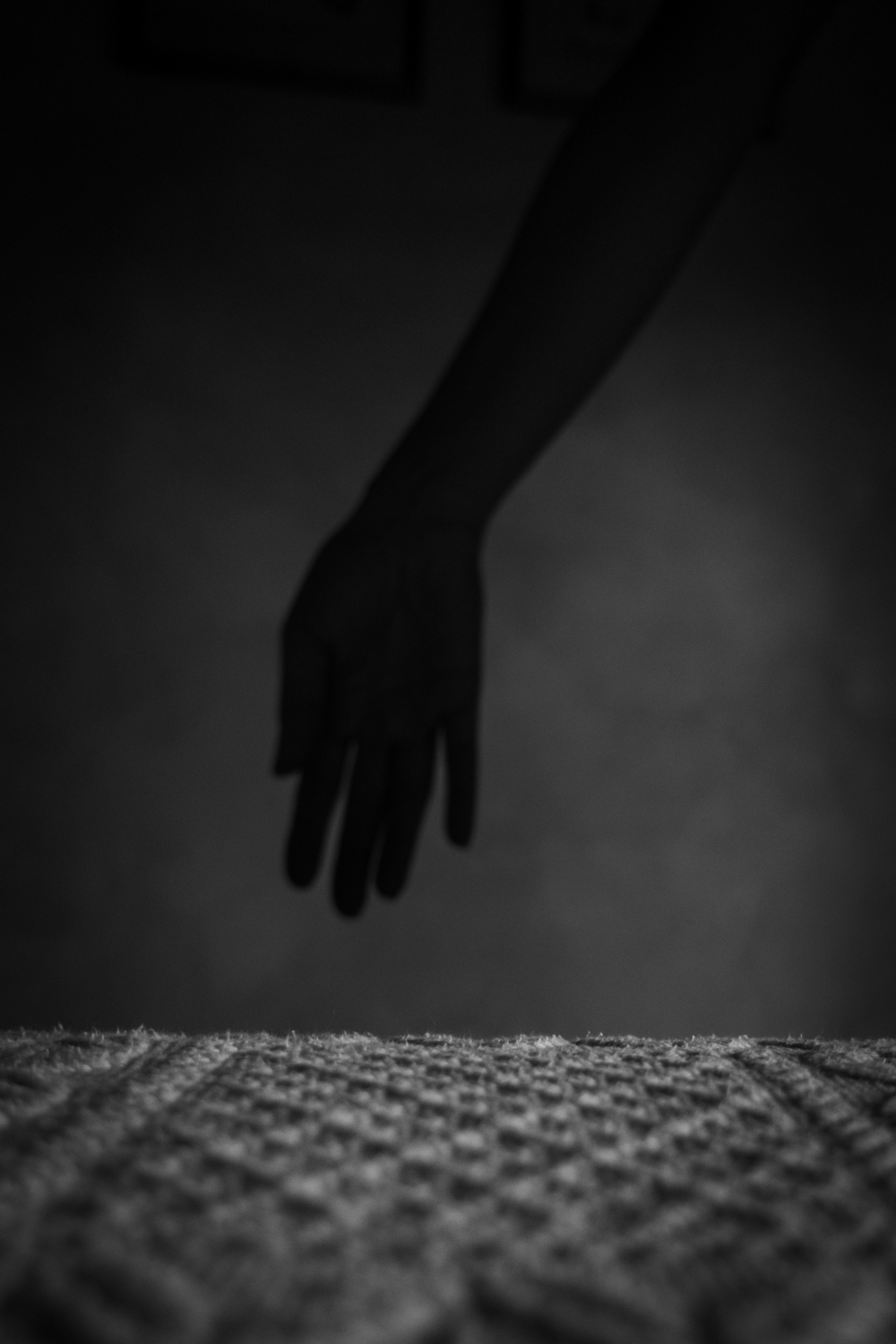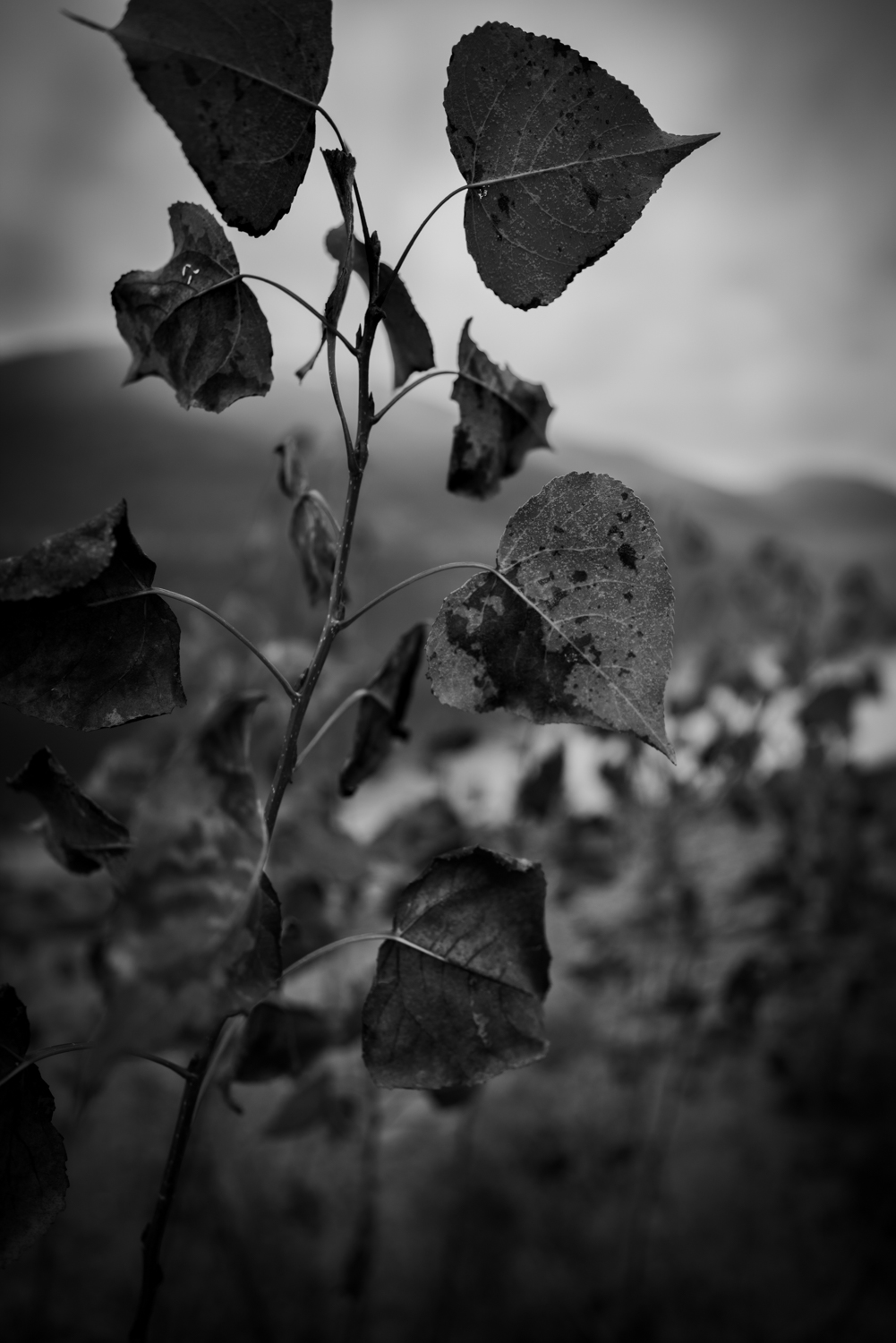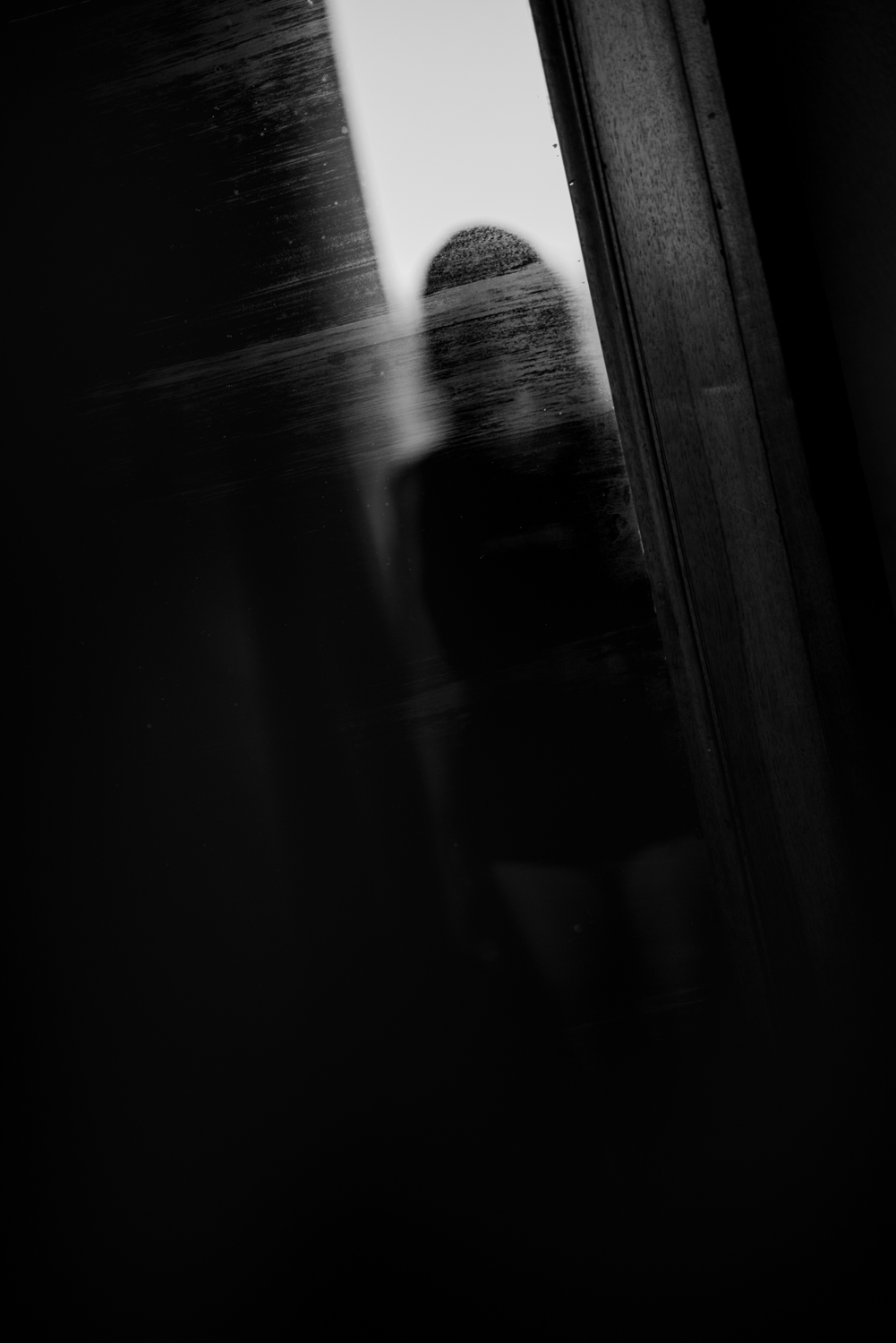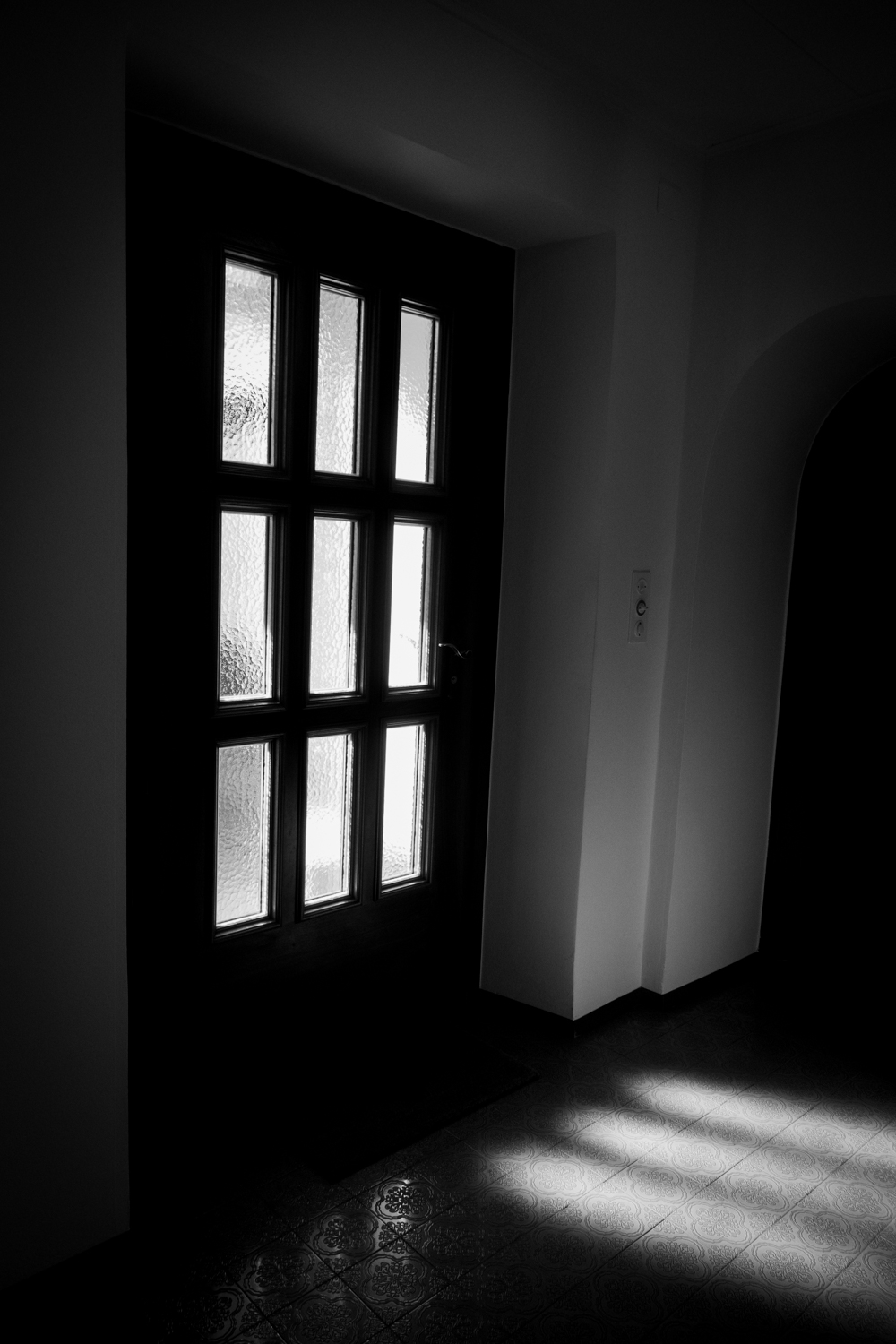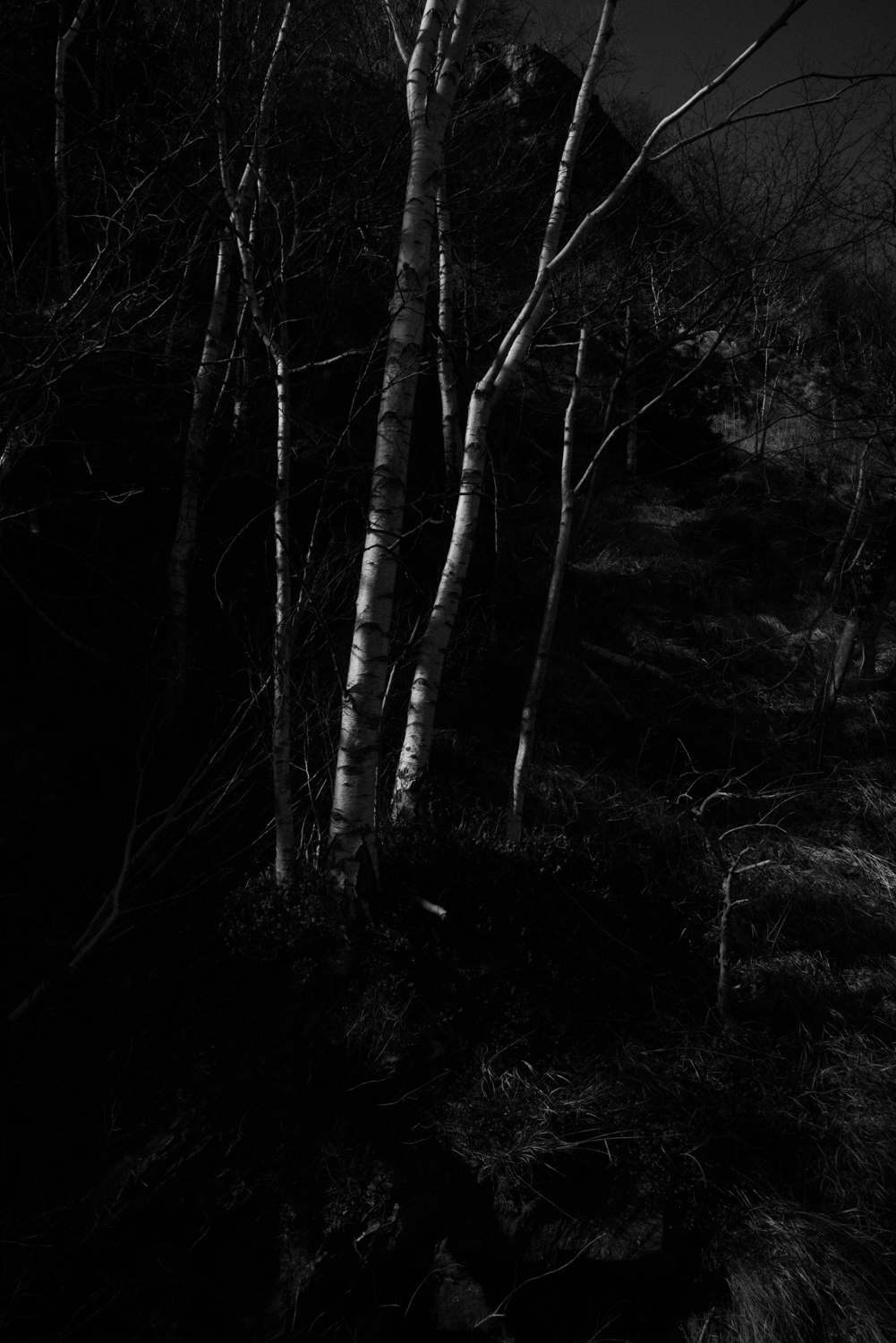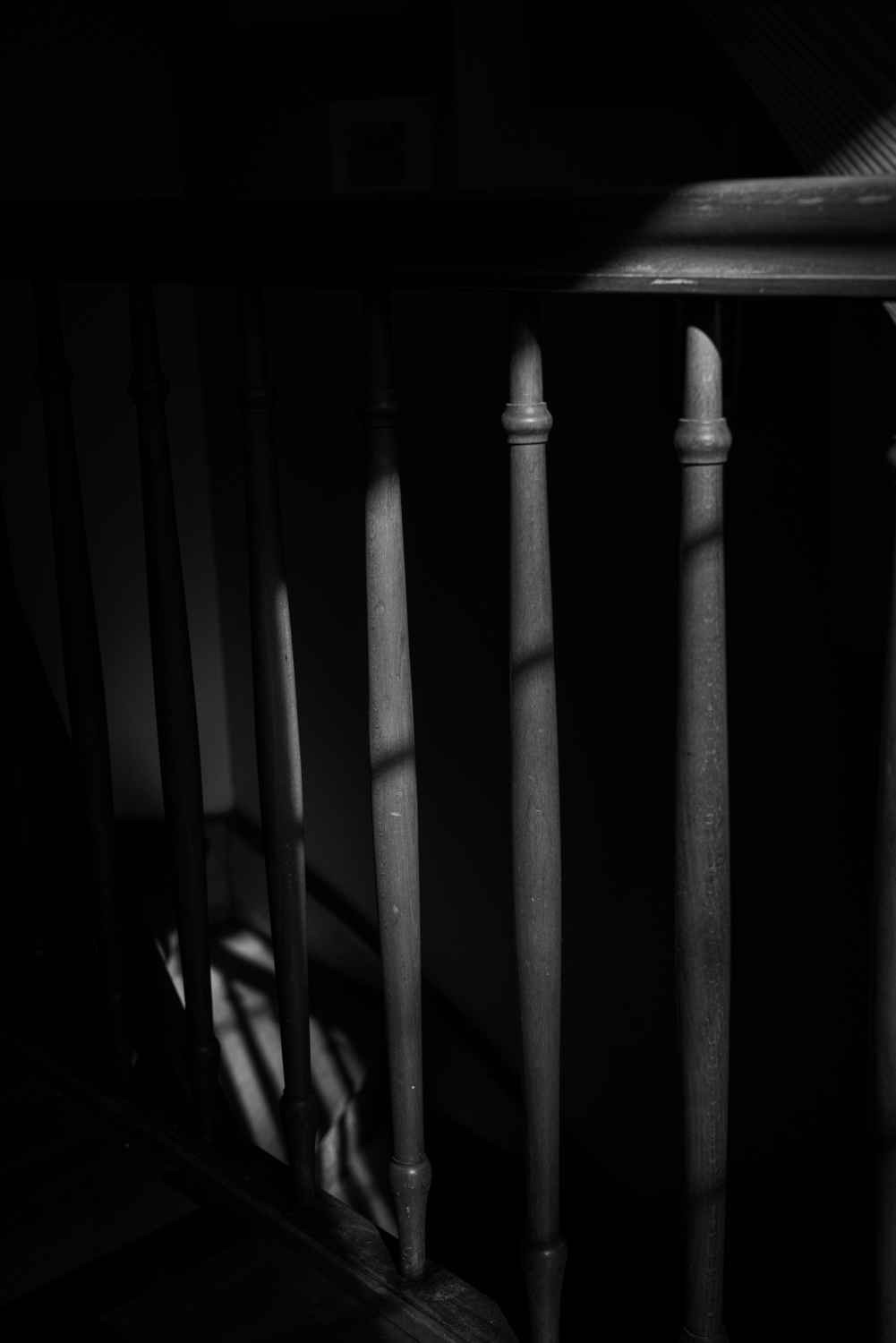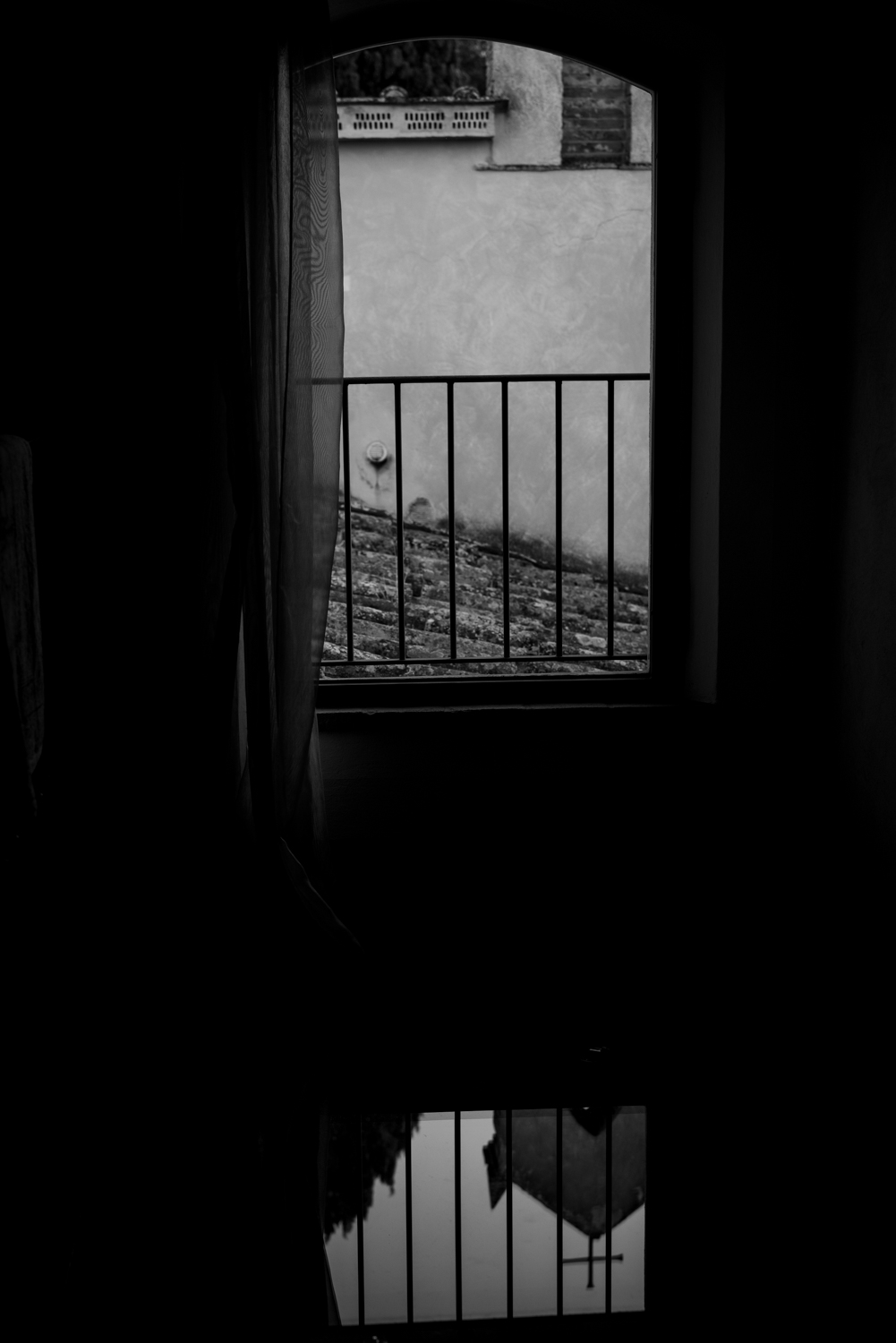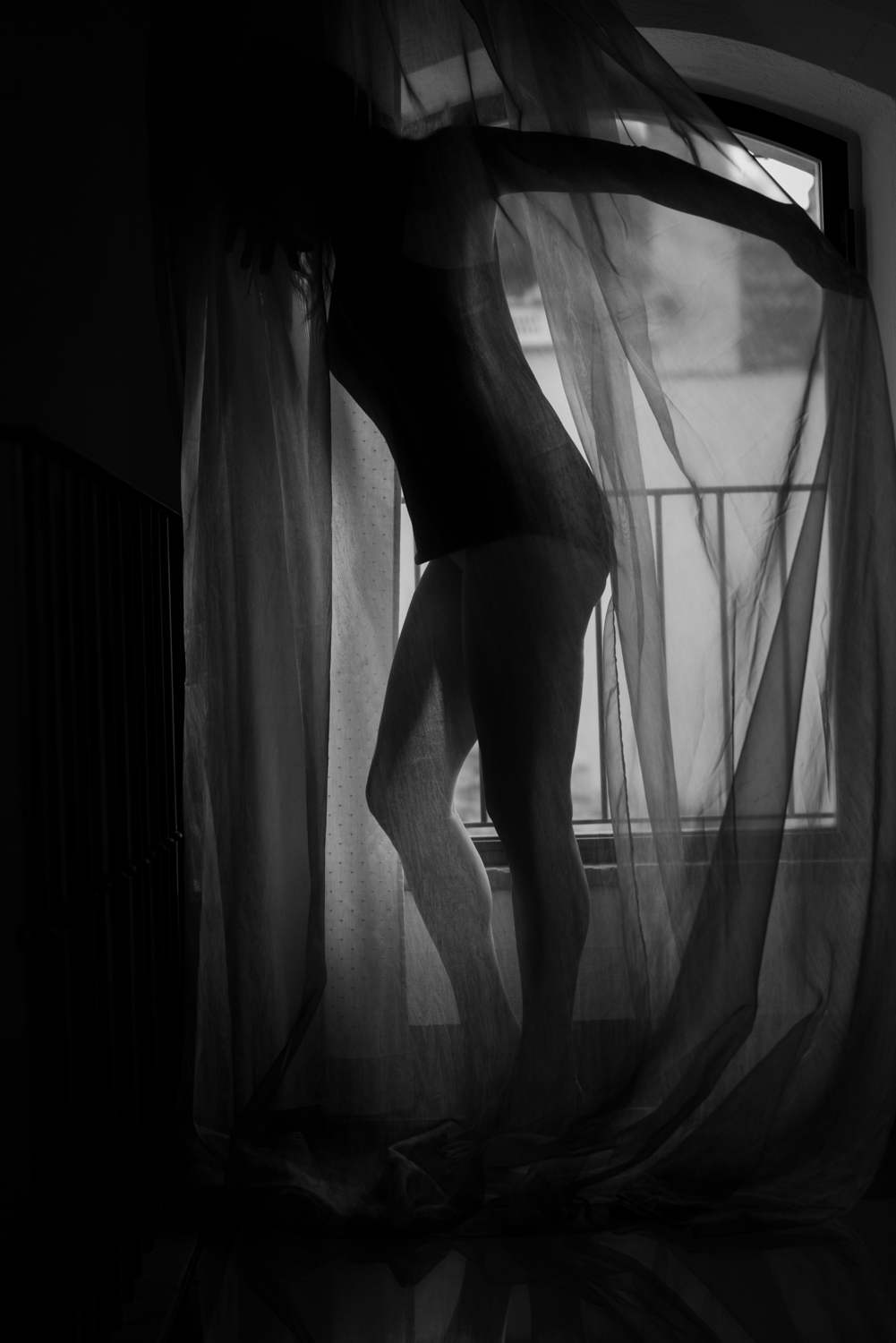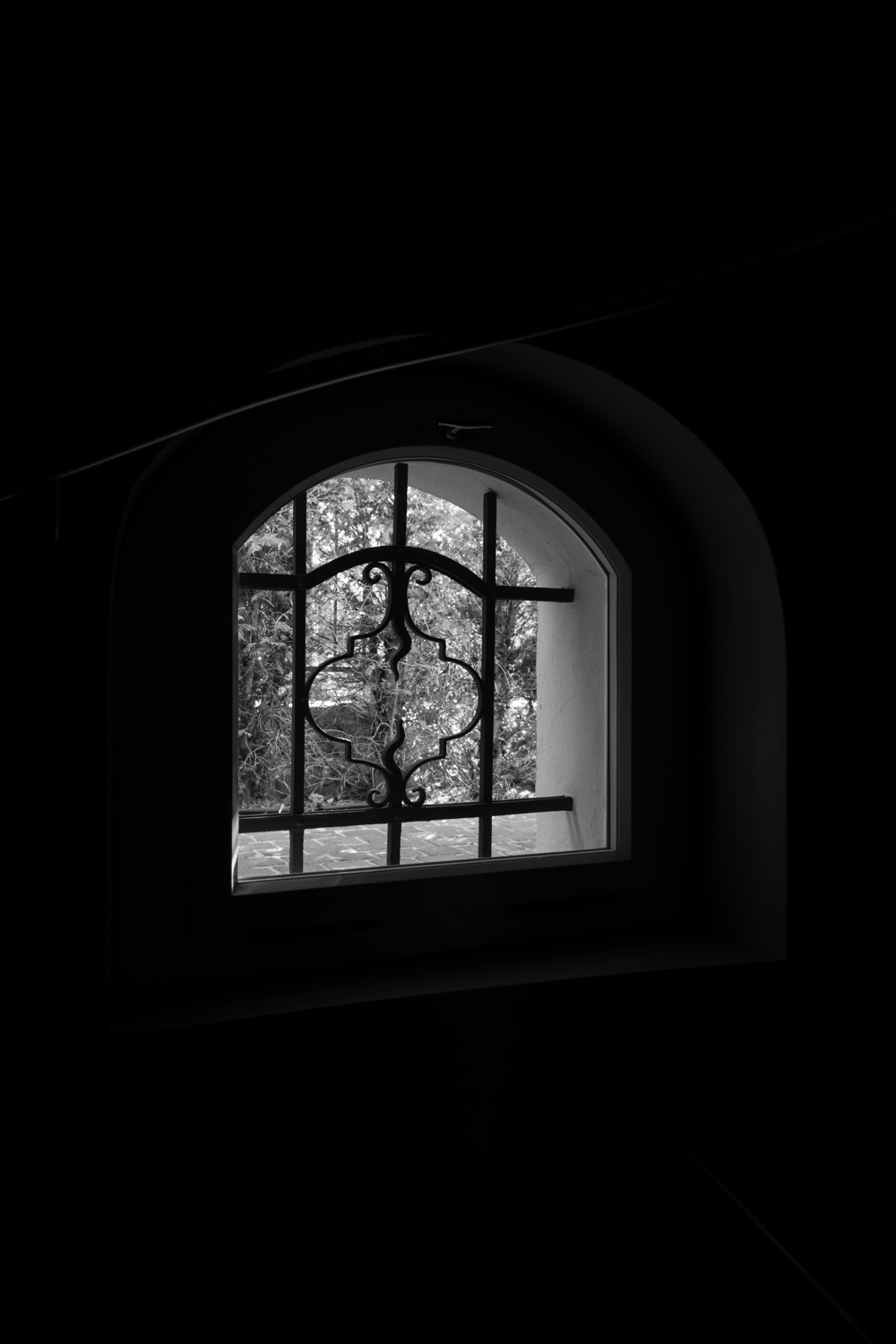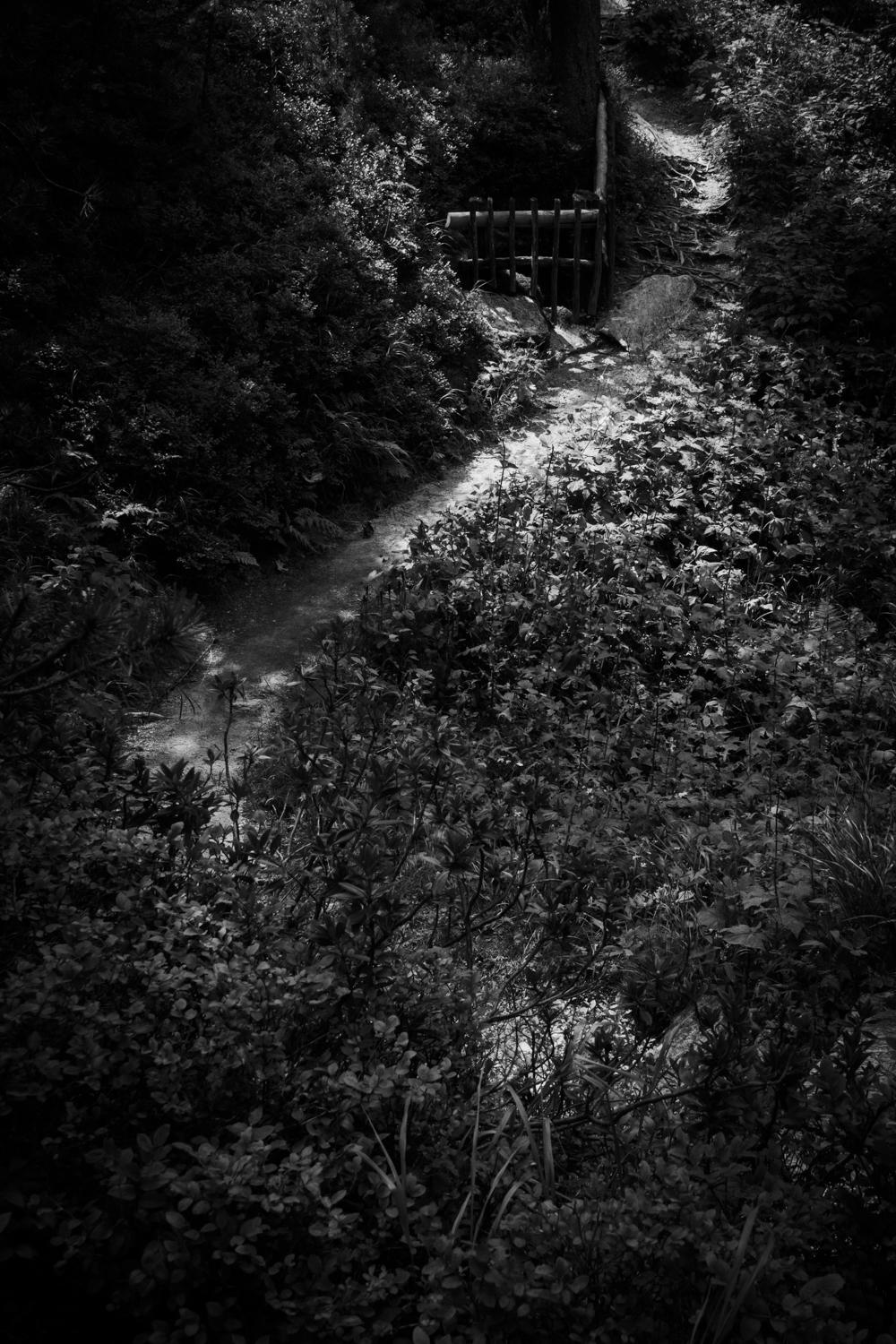Shari Yantra Marcacci: All My Heart is in Eclipse
This week we have been looking at the work of artists who submitted projects during our last call-for-entries–way back in late-2022 (a new call will be going out sometime in the near future, so stay tuned for details…). Today we are viewing and hearing more about All My Heart is in Eclipse by Shari Yantra Marcacci.
Born in Switzerland, Shari Yantra Marcacci is a visual artist. Her work explores themes of loss, trauma, intimacy, and self-discovery with a focus on personal storytelling centered around self and family. Her background in dance and filmmaking informs her directorial and documentary skills, giving her a sensitivity and insight into universal human traits, their characteristics and psychology.
After a career as a dancer, Marcacci studied at the Los Angeles Film School where she holds a degree in directing and screenwriting. Her films have been shown in the official selection of various film festivals, including the Sundance Film Festival and the Independent Spirit Awards, where the film she co-wrote received a nomination. While working in the film industry, Marcacci developed a passion for photography which led her to study at the Los Angeles Center of Photography. Soon the camera became her most treasured companion.
Marcacci’s work has been exhibited in the US and Europe in venues such as The Center of Fine Art Photography, the Los Angeles Center of Photography, the Houston Center for Photography, the SE Center for Photography, and ICP International Center of Photography NY, and galleries including Dark Room, PhotoPlace, and Alta Vista Arts during PhotoSaintGermain in Paris. Her work has been featured in numerous publications such as F-STOP magazine, Shots Magazine, Lenscratch, Float Magazine, FRAMES Magazine and in the book Global Images for a Global Crisis by ICP New York. Her work is held in private collections.
After two decades in Los Angeles, Marcacci currently lives in Switzerland.
Follow Shari on Instagram: @shariyantra
All My Heart is in Eclipse
After eighteen years in Los Angeles and seven months into the pandemic, I returned to the small town in Switzerland where I grew up. Everything felt familiar and yet so foreign. Feelings that had long been silent in my soul rose to the surface. I went back to all the places of my childhood and old memories came alive. I made photographs as a way of staying grounded amidst this whirlwind of emotions. Often, I turned the camera to myself, which felt very healing. I was drawn to creating very dark images. I could only see the shadows. I felt as if on a threshold between who I was and who I will become.
When the world shut down in 2020, I, like so many, was faced with loss, fear, anxiety, and loneliness. In the past four years, darkness spread in so many aspects of life. Political turmoil, climate change, division in society, armed conflicts. I could feel this heavy energy weighing on humanity. The feeling came in waves. I felt like I was grieving while searching for answers, calm, and stability. There were days of obscurity and others with a glimpse of light. I followed its path and sometimes found a way out.
Daniel George: Tell us how this project began. What lead you to revisit these places of childhood and memory?
Shari Yantra Marcacci: Back in September 2020, we decided to “escape” Los Angeles and move temporarily back to Switzerland, to a small town of 6000 inhabitants. We wanted to give our child the chance to go back to preschool, to be closer to family, and to provide him a semblance of normalcy amidst the upheaval of the pandemic. We moved into the house where I spent the first eleven years of my life. The house, made of stones from the nearby river, was once thought to be a cloister. It holds history and memories, some of them painful. We saw how our son started to thrive and after six months, we decided to stay in Switzerland. After 18 years in Los Angeles, making the decision to leave was undeniably difficult. It marked the end of a significant chapter in our lives—a chapter we never had the chance to properly close.
Initially, we found some freedom and lightness, but then the second wave of Covid hit. There was a sense of feeling lost. I was neither here nor there. I felt uprooted in a world that once was and is no more. Photography rescued me as I started working through these strong emotions and memories. I allowed myself just to shoot without the pressure of working towards a series. The project then unfolded in a clear direction, and after having worked on it for the last years, my next goal is to create a book.
DG: I’m always curious about these types of projects—that function to visualize remembrance or experience. What sort of things did you rediscover/uncover throughout the creation of these images?
SM: Spending time in the house where I grew up became a journey inward, delving deep into the essence of my being. I rediscovered my past and uncovered old trauma that needed to come to the surface. After leaving this house when I was a child, I moved quite a bit. I longed for the feeling of belonging to a place, a community, a city. I felt like a nomad trying to grow roots. Coming back to my motherland allowed me to reconnect with my past and gain a deeper understanding of my personal history. The familiar sounds, sights, and scents of these places served as a powerful reminder of where I come from and the experiences that have shaped me. My inner voice started longing to express the myriad of feelings trapped within. Each image is a reflection of the turmoil and catharsis I experienced. Amidst the familiar landscapes of my childhood, I realized that I was exactly where I needed to be in order to grow.
DG: You write that for this series you were compelled in “creating very dark images.” What draws you to parse through themes of “loss, trauma, intimacy, and self-discovery” in your work?
SM: I have always focused on very intimate work and have had a fascination with psychology. To me, art serves as a profound means of introspection. It is a mirror that reflects our innermost thoughts, inviting us to confront the complexities of our humanity with honesty and vulnerability. By delving into these themes, I can better understand myself and the world around me.
Mine is a visceral need to share the journey I am going through. All of my projects have been created at challenging times in my life. I always felt the impulse to give a voice to my struggles — a way of navigating the tumultuous waters of my emotions and experiences, and ultimately, as a means of survival. I have been able to unearth new aspects of myself and grow in ways I never thought possible.
DG: Speaking more broadly to your creative practice, in what ways do you feel that your background in dance, as well as your current filmmaking, inform your photographs? Perhaps this project specifically?
SM: I strive for a flow in the images I create. My dance background has given me an understanding of movement and composition. I sometimes feel like I am choreographing when I set up to shoot a self-portrait. I sense as though I’m standing on the brink of a performance, awaiting my cue and a moment in time is being frozen. I am not portraying a character but living out a chapter of my own life. It is a very profound experience. It may sound odd, but I hear music in my head and the sound of the camera shutter becomes part of this journey I am on.
Filmmaking has honed my storytelling skills, which are reflected in the narratives I create within my photographs. Writing is very important to me. I often write poems that go with my images and focus on putting down on paper whatever I am going through in my life. It enriches my photography practice and serves as a means of articulating and processing the various facets of my life journey.
In the context of this project, the themes of liminality and transformation lend themselves to dynamic visual storytelling, allowing me to explore the interplay between movement, stillness, and the spaces in between. I am using photography as a medium to capture moments of transition, introspection, and self-discovery.
DG: Do you feel that the creation of this work succeeded in helping you stay grounded despite the turmoil that you were experiencing? How would you say that photography, in general provides that “way out?”
SM: Working through the whirlwind of emotions released by our journey back to Switzerland was essential for me to stay grounded.
Photography is a healing practice for me. Most of my series are about difficult times in my life and have been created out of the necessity to work through the emotions and pain.
I have always focused on deeply personal work. I long for my creations to embody vulnerability, to lay bare the depths of my being with raw openness, exploring the pains and joys of my personal journey.
It’s incredibly challenging at times, as my photography delves into intimate personal narratives that I’ve rarely, if ever, openly discussed with anyone, including my own family. I remember I once had to do a presentation on my series about our infertility journey and I felt so exposed, almost naked. Yet there’s a profound sense of fulfillment in sharing these stories through my photography, stimulating meaningful discussions and moving people emotionally.
To me photography is like therapy, I need it to be happy, to feel more stable and balanced. In times when I create less, I feel a void, like something is missing.
I believe photography, along with other forms of art, dance and music, plays an essential role in our ability to progress, effect change, inspire, and evolve. Collectively, these creative manifestations possess the capacity to enact profound change in individuals’ lives and contribute positively to the world.
Posts on Lenscratch may not be reproduced without the permission of the Lenscratch staff and the photographer.
Recommended
-
Martin Stranka: All My StrangersDecember 14th, 2025
-
Interview with Maja Daniels: Gertrud, Natural Phenomena, and Alternative TimelinesNovember 16th, 2025
-
MG Vander Elst: SilencesOctober 21st, 2025
-
Photography Educator: Josh BirnbaumOctober 10th, 2025
-
Aiko Wakao Austin: What we inheritOctober 9th, 2025

